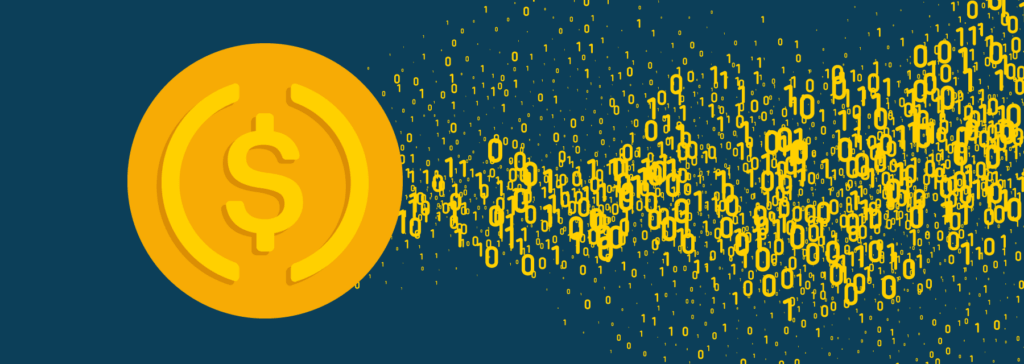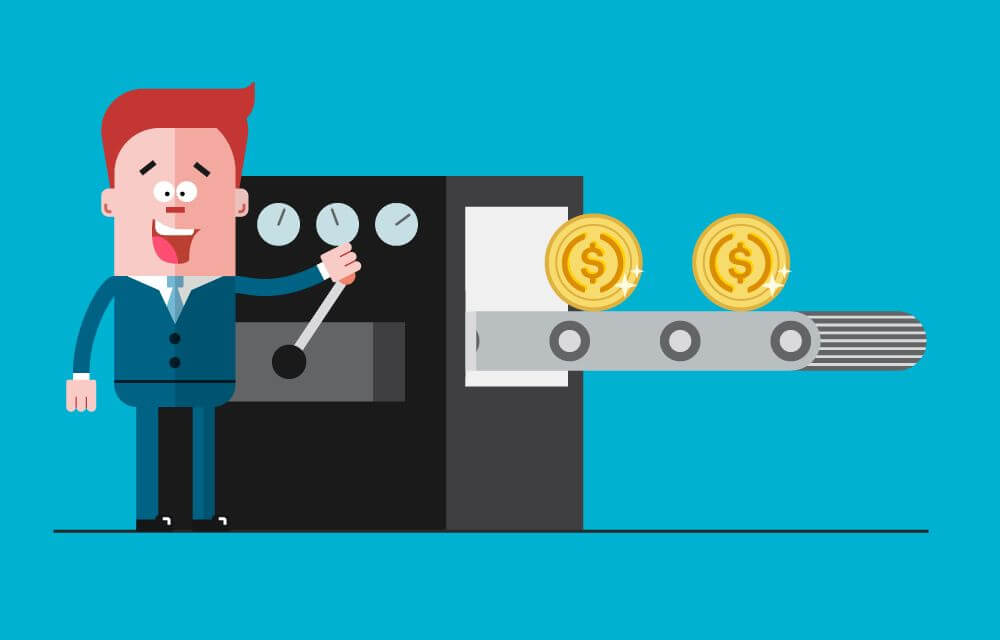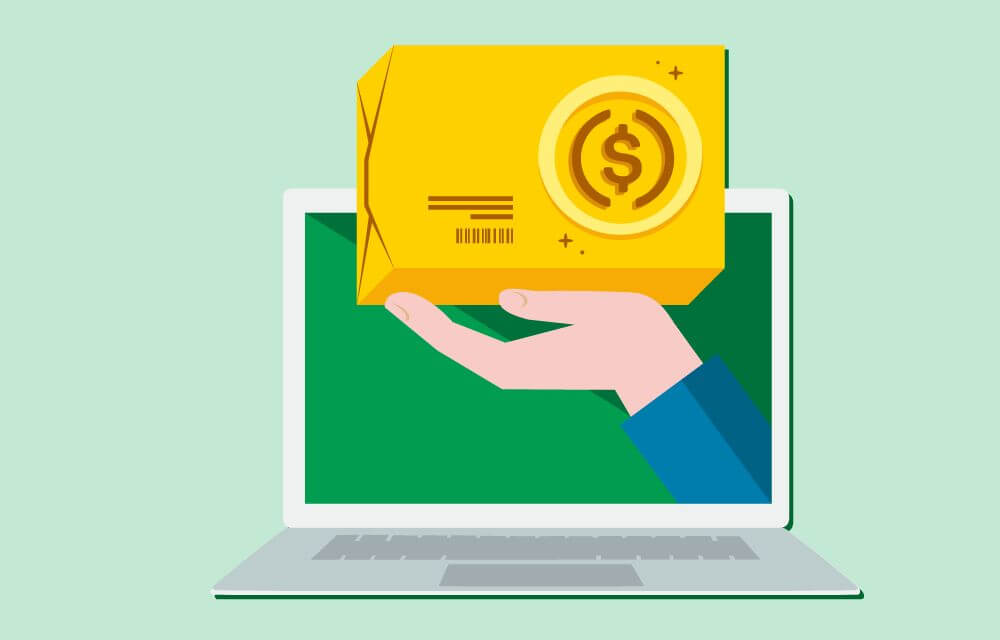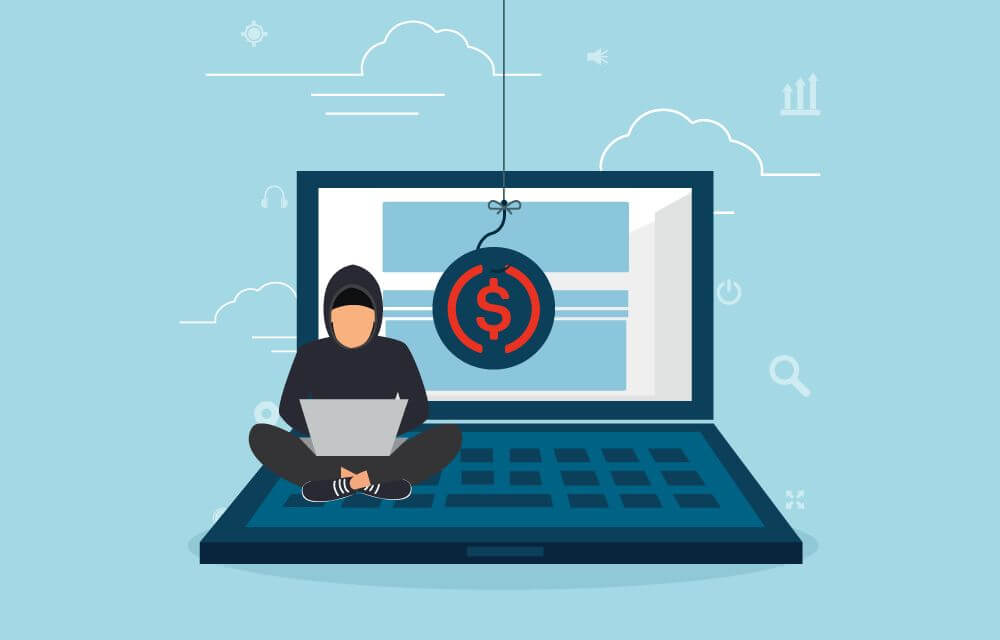USD Coin (USDC)
The Stablecoin Managed by CentreUSD Coin is the world’s second most popular stablecoin by volume, and is a critical component of today’s wider crypto ecosystem. Managed by Centre, it is used for protecting wealth, trading, international remittances and more. In this guide, we’ll tell you everything you need to know about USDC.
What is USD Coin (USDC)?
USDC was launched in September 2018 as a stablecoin, pegged on a 1-to-1 basis with the US dollar. Like its main competitor, Tether (USDT), it is said to be fully backed by reserve assets – though, again like Tether, full audits aren’t provided.
Unlike cryptocurrencies like Bitcoin and Ether, USD Coin is centralised, being managed by Centre. Founded by crypto exchange Coinbase and payments company Circle in 2018, Centre provides governance and management for the USDT ecosystem. Bitmain, a major Bitcoin mining company, is also involved as an investor in Circle.
According to CoinGecko, as of early October 2022, USDC was the second biggest stablecoin by market capitalization, at just under US$48 billion, compared to Tether (USDT) at just under $69 billion. Centre has stated that it intends to allow other financial institutions, that meet stringent criteria, to become issuers of USDC in the near future.
| Did you know? USD Coin’s reserve assets are checked each month by US accounting firm Grant Thornton, LLP. Monthly attestations of USDC by Grant Thornton, LLP, can be found on the Centre website. Source: Wikipedia |

USD Coin Basics
As a stablecoin, USDC should remain at near parity with the US dollar, though there will be very minor variations.
USDC Blockchains
As with its main rival, Tether, USDC is minted on multiple blockchains. These include Ethereum (as an ERC-20 token), Algorand, Avalanche, Solana, Stellar, and TRON.
USDC Mining and Staking

Unlike cryptos like Bitcoin and Ether, USDC is not mined or staked but is centrally issued by Centre (and soon, by other authorised financial institutions).
USDC Supply
USD Coin is minted as demand requires.
- A user will send fiat US dollars to a USDC issuer’s account.
- Via a smart contract, the issuer will then mint the required amount of USDC.
- The new USDC is sent to the user, and the issuer holds the fiat currency in reserve.
- When USDC is redeemed for fiat currency, the USDC tokens are destroyed (“burned”).
USDC Adoption & Usability
Like Tether, USDC has become an important part of the global crypto ecosphere and digital economy. Stablecoins like USDC have several compelling use cases, including:

- Wealth protection and storage – Because it is pegged to the US dollar, USDC can be used as a safe haven asset, and hedge against inflation. This is particularly useful for those in countries suffering from rampant inflation.
- Improving financial accessibility – Millions of people around the world are unable to access the traditional banking system. But, anyone with internet access can set up a wallet and use stablecoins like USDC.
- Trading solutions – USDC is a convenient solution for traders and exchanges who want to avoid the cost of fiat onramps and offramps.
- Business Payments – Stablecoins like USDC can enable businesses to bypass the high transaction fees charged by legacy financial processors, while still benefiting from price stability.
- International Payments and Remittance – By using stablecoins like USDC, people can send money overseas for much lower fees than those charged by traditional services like banks and wire transfer companies.
- Settlements – By paying settlements in stablecoins like USDC, parties don’t have to be delayed by inconvenient banking hours and holidays.
- Lending – Because there is a growing institutional demand for stablecoins, holders can earn significant interest by lending their USDC on decentralised crypto lending platforms.
USD Coin Network Fees & Speed
Because USDC is minted on multiple blockchains, transfer fees and speeds will vary. It also means that transaction fees must be paid in the native crypto of the blockchain being used – for example, ETH on Ethereum or TRX on TRON.
| Did you know? Lending USDC can be a great way to generate passive income. As of October 2022, several defi lending platforms were offering APY rates of over 12%. |

USDC Security and Safety
Because it is one of the most popular cryptocurrencies, there have been a number of high-profile hacks where USDC has been stolen. However, these have involved bad actors exploiting weaknesses in wallets, exchanges, and defi platforms, rather than USDC itself.
Although USDC is secure and safe, users should be aware that, because it is centralised, it is not anonymous and provides far less privacy than many other cryptocurrencies.
Security and safety tips:

- Don’t leave your USDC on exchanges. Use exchanges for buying and selling only. Always transfer your crypto to a local wallet for short-term storage.
- For long-term storage, keep your crypto in a hard wallet.
- Always keep your wallet keys in multiple safe places – they cannot be recovered.
- Never tell anyone about your crypto holdings. No matter how secure your storage is, if you or your loved ones are physically threatened, you’ll probably hand over your personal keys.
USDC Volatility
As an asset-backed stablecoin, pegged to the US dollar, USDC is inherently stable. But, like Tether and other stablecoins, there are slight variations throughout a typical day, and occasionally things do go awry. For example on 8 May 2021, USDC briefly hit $1.17, while just weeks later, on 19 May, it dropped to $0.89 for a short time.
Final Word on USD Coin
USDC has proven itself to be an extremely useful stablecoin, and has powerful backers, so it’s here to stay. Centre invests a lot of effort in trying to position USDC as a stablecoin that is held to higher standards than its competitors – but, whether it can overtake Tether remains to be seen. Either way, USDC is a great choice for wealth protection, trading, lending and more.
Similar Cryptos to USDC
Of course, the stablecoin most like USDC is its arch nemesis, Tether (USDT). The two share so many similarities, that they frequently get confused in conversations! BUSD, the dollar-pegged stablecoin from crypto giant Binance, is also an increasingly popular alternative to both USDT and USDC.
